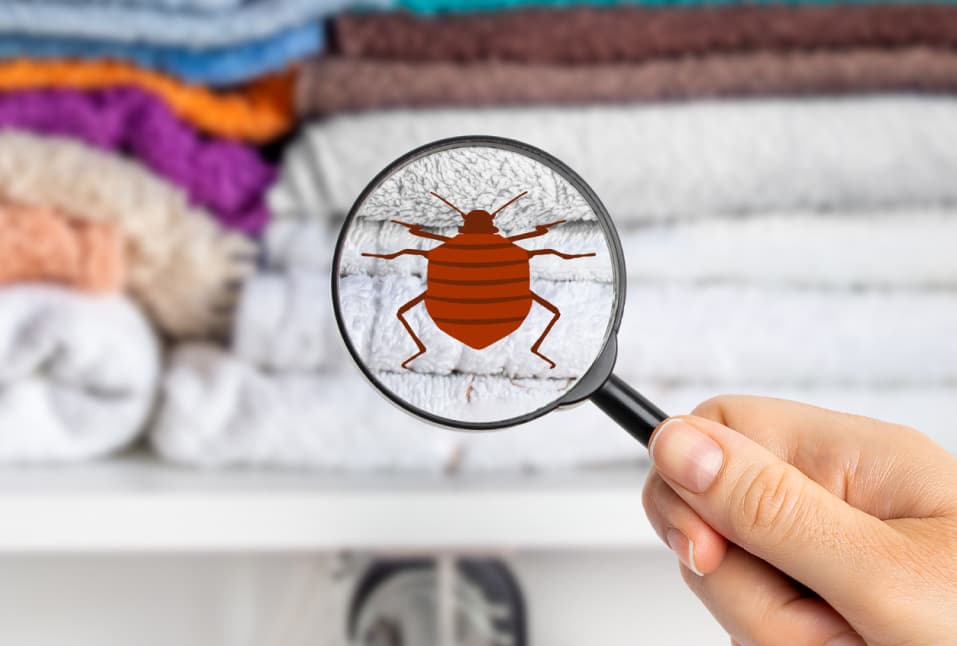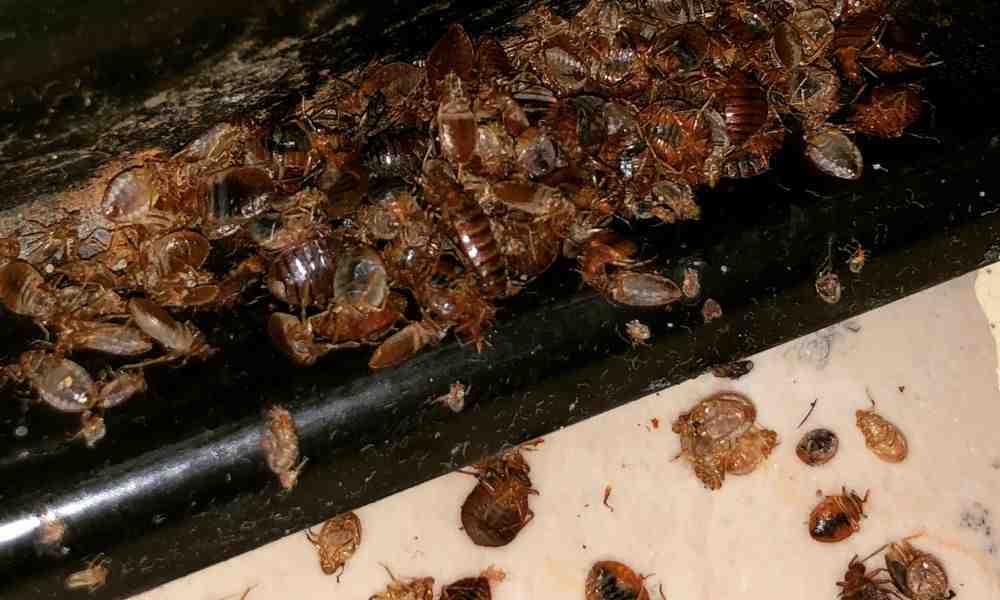Get Informed About the Types of Parasite Control Techniques and Their Advantages for House Owners
Comprehending the numerous parasite control techniques offered to property owners is necessary for effective pest management. Property owners who are knowledgeable can make tactical selections that not only address pest concerns however additionally boost the general quality of their living setting.
Chemical Pest Control Methods
Chemical pest control methods are a critical element of integrated parasite administration approaches for home owners seeking reliable services to pest invasions. These techniques entail the application of chemical compounds made to eliminate or deter bugs that endanger personal effects, wellness, and convenience. Usual chemicals made use of consist of pesticides, fungicides, herbicides, and rodenticides, each tailored to target particular bugs.
The primary advantage of chemical pest control is its fast performance; numerous formulas give instant results, lowering pest populaces considerably quickly. Furthermore, advances in chemical formulations have caused items that are much more environmentally pleasant and have reduced toxicity levels for non-target organisms when used appropriately.

Biological Bug Control Techniques
All-natural pest control approaches have gotten prominence as house owners seek much safer and extra lasting alternatives to typical chemical approaches. Biological parasite control methods use all-natural predators, parasites, or microorganisms to manage insect populations effectively. This technique is not only ecologically pleasant yet also decreases the threat of injury to non-target species, including beneficial pests and wildlife.
One of the most usual biological control methods includes introducing all-natural predators into the atmosphere. For example, ladybugs can be used to regulate aphid populaces, while nematodes target soil-dwelling insects like grubs. Additionally, parasitoids-- organisms that live on or within a host-- can be used to regulate particular parasite varieties by laying eggs inside them, eventually causing their demise.
An additional strategy is making use of biopesticides, which are originated from all-natural products such as plants, bacteria, or minerals (bed bug exterminator). These items can successfully target bugs while presenting very little risk to humans and family pets. On the whole, biological insect control methods give home owners with an effective means of insect administration that straightens with eco-friendly principles, promoting a healthier living atmosphere while minimizing dependence on synthetic chemicals
Mechanical Parasite Control Techniques
Mechanical pest control methods include a range of techniques that literally prevent or remove bugs without the use of chemicals. These techniques are especially helpful for property owners seeking eco-friendly alternatives while making sure the safety of their living rooms.
One typical technique is the use of barriers, such as catches, webs, and screens, which protect against pests from entering homes or specific areas. For circumstances, installing window displays can efficiently keep pests out, while using news physical barriers around gardens can prevent bigger parasites like rabbits or deer. Additionally, mechanical traps made for rodents can record and get rid of these insects without the need for poisonous substances.
An additional effective strategy includes making use of vacuums and brooms to eliminate parasites straight from surfaces. Regular cleaning and upkeep can significantly minimize insect populaces by getting rid of food resources and hiding spots. In addition, employing tools like ultrasonic pest repellents can prevent various insects through sound waves that are undesirable to them however faint to human beings.
Social Pest Control Practices
Cultural bug control methods concentrate on changing the environment and management techniques to create conditions that are less for pest invasions. These techniques are basic in preserving a well balanced ecosystem and decreasing the dependence on chemical interventions. By modifying farming techniques, home owners can effectively hinder parasites while advertising plant wellness.
One usual method includes crop turning, which disrupts the life process of pests by altering the kinds of plants grown in a specific location (bed bug exterminator). This not only decreases pest populations yet additionally improves soil health. In addition, intercropping-- growing diverse crops pigeon control in closeness-- can puzzle pests and decrease their capability to find their preferred host plants
Water management is another crucial aspect of cultural methods. Proper irrigation techniques can protect against standing water, which functions as a reproduction ground for mosquitoes and various other parasites. Preserving sanitation in and around the home, such as frequently eliminating debris and food waste, can significantly minimize pest tourist attraction.
Integrating these social techniques right into a comprehensive parasite monitoring strategy enables house owners to produce an environment that normally discourages insects, thereby improving the effectiveness of various other control approaches while advertising lasting gardening and landscape design.

Integrated Pest Administration Approaches
Integrated Bug Administration (IPM) stands for an all try this out natural method that integrates numerous techniques to effectively handle parasite populaces while decreasing ecological impact. This technique incorporates organic, social, physical, and chemical practices to accomplish sustainable bug control. By evaluating pest populations and their natural opponents, IPM highlights surveillance and recognizing pests before applying control actions.
One of the core concepts of IPM is the use of thresholds, which develop the level of bug task that necessitates treatment. This makes certain that therapies are used just when necessary, minimizing the dependence on chemical pesticides. Organic control approaches, such as presenting natural killers or bloodsuckers, operate in combination with social methods like crop turning and habitat adjustment to disrupt pest life process.
Furthermore, IPM motivates using least-toxic chemical choices when intervention is essential, prioritizing items that position very little threat to non-target organisms and the atmosphere. For house owners, taking on IPM approaches not just enhances the effectiveness of bug management yet likewise advertises a healthier living setting, fostering biodiversity and minimizing chemical direct exposure. Eventually, IPM equips home owners to make enlightened choices that balance pest control with ecological duty.
Conclusion
In conclusion, comprehending the numerous bug control methods equips house owners to make enlightened decisions concerning pest monitoring. Each strategy-- chemical, biological, mechanical, cultural, and incorporated pest monitoring-- provides unique benefits that provide to different needs and preferences. By selecting appropriate techniques, house owners can properly take care of insect populations while lessening wellness risks and environmental effects. This educated approach adds to a healthier living setting, promoting overall wellness for pet dogs and households alike.
Comprehending the various insect control techniques available to property owners is crucial for reliable pest administration.Chemical bug control approaches are an essential component of integrated pest administration strategies for house owners looking for efficient solutions to pest infestations. On the whole, biological parasite control techniques offer house owners with an effective methods of bug monitoring that straightens with eco-friendly principles, promoting a healthier living environment while lowering dependence on artificial chemicals.
Social bug control methods focus on changing the atmosphere and administration strategies to develop conditions that are much less favorable to pest infestations.In verdict, recognizing the various insect control methods equips house owners to make educated decisions pertaining to pest monitoring.